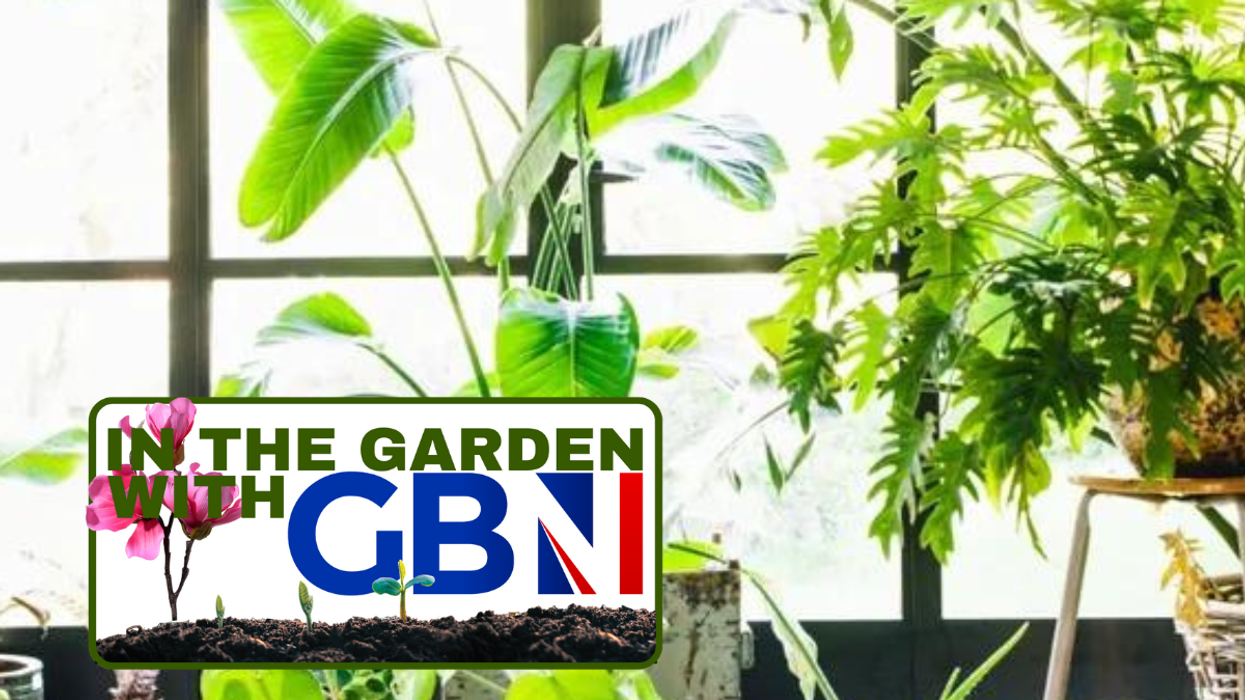Houseplants: Everything you need to know to help them thrive during summer - from peace lilies to spider plants

Houseplants can be difficult to keep alive - GB News shares advice
|GETTY

GB News is sharing everything you need to know to make the most out of your garden and home. This week, we look at how to help houseplants thrive in the hot weather
Don't Miss
Most Read
There is no one-size-fits-all when it comes to caring for houseplants, but many of them will suffer when temperatures soar during the summer.
GB News shares advice and tricks for helping your plants thrive no matter what the weather is like outside.
How to care for houseplants
The light they are exposed to is something that must be considered, according to interior design expert and the founder of Print My Rugs Anh Nguyen.
 Plants may need to be watered more regularly in summer | GETTY
Plants may need to be watered more regularly in summer | GETTYHe told GB News: "When it comes to houseplants, proper lighting is everything. And let me tell you, as a designer who loves filling spaces with lively greenery, I've learned that different plants have very specific lighting needs.
"I rotate all the houseplants in my home and office every week or so during the summer months. This consistent rotation really helps ensure the plants get even, balanced light exposure as the conditions change throughout the season.
"For the plants I know prefer bright but indirect light, like ferns and philodendrons, I place them in front of sunny windows but use sheer curtains to gently filter the harsh direct rays coming in.
"The curtains diffuse the intense sunlight perfectly so those vulnerable leaves don't get scorched or toasted. If I notice any of the more delicate houseplants showing signs of sun stress like brown crispy edges, I promptly move them several feet back into a lower light area.
"Finding that sweet spot that gives them enough but not too much light can require some trial and error. Patience and attentiveness are key."
Sunlight can make or break your houseplants so it is key to keep an eye on how much they are getting, Fiona Jenkins at MyJobQuote.co.uk, the UK’s leading trades matching site, told GB News.
She said: "Avoid strong, direct sunlight and reposition any plants that look as though they’re suffering. Direct sunlight can cause brown patches to appear on leaves.
"Variegated plants such as Calatheas need diffused sunlight in order to retain their attractive leaf markings. So, don’t leave plants too close to windows."
Ensuring plants get the right amount of water and food is also something homeowners need to focus on, particularly when it is hot outside.
Fiona added: "Most houseplants need more watering over the summer months. However, it’s easy to overdo it. So, it’s usually best to wait until the top 3cm or 4cm of the soil feels dry. In summer, humidity-loving plants can benefit from misting if the air inside is dry.
"This includes Parlour and Kentia Palms, Peace Lilies, Monstera, Umbrella Trees and Spider Plants. As summer is the time that houseplants tend to do most of their growing, some do benefit from feeding.
LATEST DEVELOPMENTS

Houseplants can be difficult to keep alive
| GETTY"The type of feed and how often you use it does vary between plants, but Peace Lilies, Bird’s Nest Ferns and Rubber Plants can be fed once a month with a weak solution of liquid fertiliser. Snake Plants and Haworthia prefer a cactus fertiliser."
Expert Anh added another hack to ensure plants have everything they need. He recommended grouping them together, as doing this is a surprisingly beneficial way for them to get more moisture.
He explained: "I like to group houseplants close together in a corner or cluster them on a table. This allows the plants to share moisture and creates a little microclimate with naturally higher humidity as they transpire.
"I've found this to be an effective indoor gardening technique for raising the humidity level, and it has the added benefit of creating an attractive focal point in any interior space.
"Clustering a few complementary houseplants together in a living room or bedroom not only increases moisture for their health, but also brings visual interest and a sense of life to the decor."
Looking for more gardening advice? Check out GB News' guide on how to care for Asters. Or find out more about growing carrots and potatoes at home.










